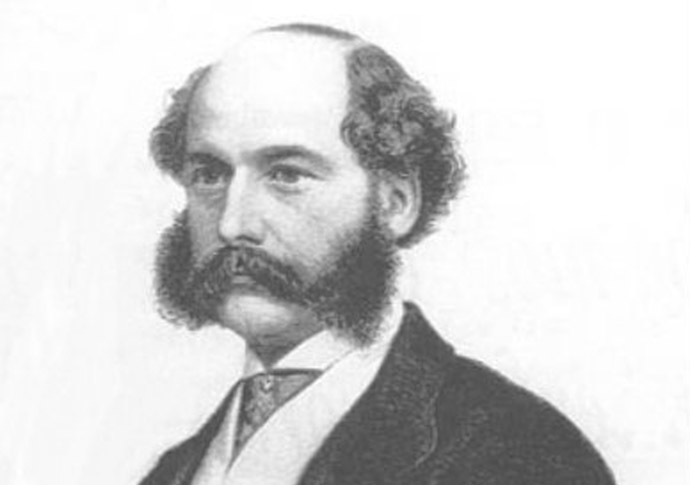STEAM: New age for the city’s sewerage
Tideway ‘super sewer’, more than 20 years in the making, set to start operating next year
Friday, 16th June 2023 — By Charlotte Chambers

The ‘Thames Tideway Tunnel’ for the super sewer which is due to start operating next year
NEXT time it’s raining and you do a number two, don’t flush the loo.
Because if you do, whatever you flush is more than likely to go straight into the River Thames.
At least, that is the case for now, until the “super sewer”, the Tideway, comes to the rescue when it starts operating next year.
One of just a few of its kind across the world, the super sewer is made up of 25 kilometres of tunnel from Acton in west London to Beckton in the east and has 34 feeder shafts going into key points along the route.
It has been more than 20 years in the making since a group of engineers came together in 2001 to try to solve the problem of 40 million tonnes of raw sewage ending up in our rivers every year.

Inside the shaft at Acton storm tanks
The capital’s Victorian sewerage system was designed by Sir Joseph Bazalgette for a city population of four million.
“But now there are nine million people in London and because we’ve had such an increase in population, because we will use so much more water than back then, and because we paved over much of London, the existing Victorian system cannot cope,” said Taylor Geall, who works for Tideway.
“Because of the problems I’ve outlined, it only takes a very small amount of rain for the sewer system to fill up.
“And when it does, it mixes with that raw sewage and rather than have it back up into homes and streets we have outfall points in the river wall and so it spills directly into the Thames. So that means, basically, when it’s raining anything you flush down the loo has a chance of going into the river.”
These sewage dumps happen around once a week.

Sir Joseph Bazalgette, engineer (1819-1891)
London’s sewer system changed people’s lives when it was unveiled in the late 1800s.
It all started with the “Big Stink” of 1858 when the smell from raw sewage pumping into the Thames got so bad even parliament could not sit.
It was hailed as a life-saver as thousands were dying each year from water-borne cholera. But it had a fatal design flaw. There were no separate pipes for rainwater and sewage.
The Tideway will effectively divert waste previously pumped into the Thames into a tunnel 60 metres underground that leads to the super sewage treatment plant at Beckton, the biggest in Europe.
While the project cost £4.5billion, few people will be able to see it.
Mr Geall added: “We think that it’s going to be profoundly beneficial for the Thames.
“Not just for the fish and the birds and the mammals and the flora that live in the Thames but for the kind of recreational river users, particularly in west London, where there’s a big rowing community.
“You know, we often hear about sewage derived litter and like – wet wipes and whatever else – ending up on the ends of oars and stuff like that.”